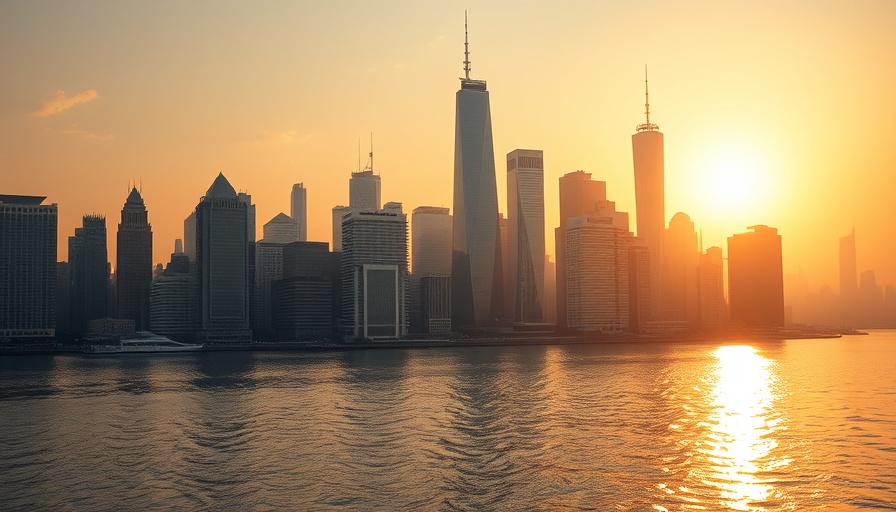
Indigenous Concerns Amid Cambodia's Wind Energy Surge
Cambodia is set to expand its wind power infrastructure to help meet its increasing energy demands, yet serious questions loom over the impacts on Indigenous communities, particularly the Bunong people of Mondulkiri. The government's ambitious wind energy plans include constructing notable projects, such as the 150 MW Kouprey Windfarm, but many locals are concerned about the potential cultural and environmental sacrifices required to achieve these goals.
A Culturally Significant Landscape
For the Bunong community, the forest surrounding their homes is more than just land; it's sacred. Klerng Nary, a representative from the Bunong, expressed her concerns when she witnessed workers clearing trees without clear communication or respect for local input. "They didn’t ask people about the consequences," she lamented, emphasizing the deep ties her community has to the land, especially their spirit forest, used for commemorating their ancestors. Nary and others fear that the expansion of wind energy could undermine their culture and history.
The Push for Renewable Energy
As countries around the globe pivot toward cleaner energy sources to combat climate change, Cambodia's wind potential remains overshadowed by its solar capabilities. However, experts like Dean Rizzetti of EnergyLab Asia argue that wind energy is crucial for diversifying and strengthening the country’s energy mix, particularly to fill gaps left by solar energy. The government's projection indicates wind power could be on the grid by 2026, making it imperative to also prioritize training locals in renewable technologies.
The Technical Challenges Ahead
Transitioning to wind energy is not without its challenges. Despite being on the rise, Cambodia's demand for skilled labor in managing wind farms is insistent. Rizzetti points out, "Today, there is almost no experience in building wind farms," signaling an urgent need for training initiatives to develop a workforce capable of supporting this transition. The success of these projects may hinge on not only meeting energy targets but ensuring the preservation of local heritage and environmental integrity.
Community Engagement: A Path Forward
Transparency and community engagement are essential for the successful and responsible implementation of wind energy projects. As development progresses in places like Mondulkiri, ensuring that Indigenous voices are heard and respected could mean the difference between a successful transition to renewable energy and one marked by conflict and resentment. Sustainable development practices must include ethical consumerism and environmental stewardship, respecting both natural resources and local cultures.
Looking Ahead: The Role of Sustainable Practices
With the global climate crisis intensifying, the role of clean and renewable energy cannot be overstated. However, this advancement does not come with a one-size-fits-all approach. Businesses and governments must embrace green energy while maintaining a balance with social responsibility and ethical practices. For Cambodia, this means marrying its energy aspirations with the rights and traditions of its Indigenous populations.
Call to Action: Embrace Ethical Consumerism
As we push towards a more sustainable future, it's essential that we adopt practices that prioritize both our planet and its people. Explore ways to support ethical sourcing and engage with the sustainability movement in your own community. Every small action contributes to a larger change that respects people like the Bunong while ensuring a sustainable path forward. Choose eco-friendly products, advocate for fair trade, and consider how your choices align with the broader goals of environmental conservation and climate action.
 Add Row
Add Row  Add
Add 



Write A Comment